Governments pass the buck of suicides, every time
Teaches Anthropology at Visva-Bharathi University, Santiniketan.
The recent news on the suicide of Sushant Singh Rajput has come as a shock for the whole country. Celebrities have expressed their shock and condolences on the demise, from politicians to Bollywood’ fraternity’ and cricketers. His close friends have blamed themselves for not being able to render emotional support to him to battle his depression and mental health issue. It took us one more celebrity suicide and demise for the celebrities and millennials to acknowledge that mental health issues and depression are real and that there is dire need to reach out to the people who are close to us. Another set of friends, as well as the critics, has blamed the Bollywood ‘fraternity’ for not recognizing and seeking measures to reach out to their ‘community’ of actors.
On similar lines, last year, in July, Cafe Coffee Day founder and VG Siddhartha- a business tycoon allegedly committed suicide because of the financial problems and setbacks. The two deaths of famous and well-established personalities also triggered the debate around mental health and depression as potential reasons for suicides. Suicides are a peculiar problem that haunts academicians as they couldn’t decipher potential established patterns that one can observe and pose a remedy of the situation as an attempt to prevent suicide. Every suicide seems to pose a unique pattern that cannot be collated and used to avoid the suicides, possibly.
Apart from the occasional uproar that we witness when a famous personality has committed suicide, we as a society seldom talk or discuss or take enough measures to at least minimize the suicides that are happening in our country. According to Accidental Deaths & Suicides in India (ADSI) (2018) report published by National Crime Records Bureau (NCRB), Ministry of Home Affairs, GoI, in the last five years (2014-2018) the total number of reported suicides are 6,60,700. However, the other independent organization estimates a much larger number of suicides than the ADSI reported data. According to the report each day, there are 362 suicides reported in these past five years, which is, for every hour, 15 people committed suicide.
But who are these people committing suicides? In the total number of reported victims of suicide, 22.4% are Daily wage earners, 17.1% are housewives, 9.8% are Self Employed, 9.6% are unemployed, 7.7% are in the farming sector, and 7.6% are students according to the ADSI (2018) report. Farmers’ suicides are a recognized problem because of the agricultural distress and the respect we hold for our food producers. However, there are no substantial measures taken to prevent even the farmers’ suicides, apart from states coming up with monetary compensation for the victims of suicide in the farming sector. On 2nd January 2018, the then Minister of State for Home Affairs replied to the lower house of Indian Parliament that almost 26 students committed suicide every day (more than one student committed suicide every hour). Nearly 75,000 students are victims of suicide from 2007-2016.
After the rise in student’s suicide in IITs, IIT Madras, IIM Kashipur, and a large number of student hostels, Kota in Rajasthan, installed or contemplated to use ‘Fan Bush Protection Device’ to prevent these events. This device would not withstand the weight of more than 40 Kilos if students tried to hang themselves. One of my friends in IIT Hyderabad informed me of the institutes’ measures to remove one or two bolts that hold the door, which will help break the door quickly in case of a suicide. During discussions with my friend, he drew an analogy that we are in the habit of cursing someone if they happen to come under the wheel of our vehicle, saying, ‘did you get only my vehicle to die for?’. We are culturally trained to not to see the larger picture but to have an objection to someone dying in front of our vehicle. The educational institutes and system are trying to do the same by not addressing the issue holistically but coming up with measures to stop suicides in their respective institutions. If only all the academic knowledge is mustered and put to use to minimize the student’s suicides, maybe we will not be reported as a country with the highest suicide death rate in the world.
The general arguments that propel in the buzz of a famous personality’ suicide can be categorized as
- Individual’s problem- Asking those who are depressed to reach out to the people and not to commit suicide. Ironically the people who are going through depression may not realize it, and the conditions we have successfully created in the society may not give them the confidence to reach out for help.
- Society’s (community) problem- These sets of arguments (a) blame themselves for not able to provide emotional support. (b) Blame friends, relatives or the ‘imagined’ community such as film, media and academic fraternity and so on, for not able to either reach out personally based on their personal relationship or not able to create a conducive environment as the community that would have prevented the suicide of the person. Or (c) Advocate to reach out to friends and family or to create a society that will not stigmatize mental health issues and provides an opportunity for the depressed to reach out for help without being judged.
It is appalling to see how the State and the free-market Capitalism induced neo-liberal economic policies and systems are always gone scot-free without being held accountable for by the members of the society. As Yuval Noah Harari (2011) argues, the systematic intervention of state and market in the lives of individuals distanced family and community influence from the individual’s life. The state and market dictate every aspect of our lives. It commodifies necessities such as education, health, and water. Crony capitalism influenced state policies
- Weakens the labor laws
- Exploits our natural resources
- Pollutes our environment
- Creates unliveable situations
- Taxes us heavily
- Widens the economic inequalities
- Leads towards privatization and commodification of education
- Sells us unachievable dreams
- Keeps us in the limbo of unhappiness
- Creates economic, social and job insecurities
- Make us adopt uncertainty as a part of our culture
Then all of a sudden, when suicides happen, the state and market don’t own any responsibility and pass on the buck to the individual and community in the name of mental health and depression.
To make some sense, let’s use the language of the market and state here for a minute. Hypothetically, imagine a Boeing 777-300 ER with a seating capacity of 345 passengers crashing every day in a year. How would State, Market, and individuals in the society react? They would want the government to take responsibility and resolve the issue. The number of passengers mentioned in the above hypothetical situation is lesser than the number of suicides reported per day by the ADSI (2018) report.
There is a dire need for our all-powerful market controlled state to start owning up the responsibility (if not all of it) to address this issue, which the country suffers. I also acknowledge the importance of the role of the community in addressing this issue. Mental Health issues are real, and depression is not a matter of joke. Still, without addressing the problem holistically from all possible angles, we may not potentially resolve this issue and minimize the instances of suicides in India. If we fail to collectively pressurize our government to provide concrete solutions in addressing this issue, the suicides are going to be part of our daily reality. A famous person’s suicide is going to be fodder for our social media updates in the momentary buzz, creating a mere chance to express our shallow solidarities with the victims of suicide and in continuing to add useless analysis and news in the media outlets.
Featured Image: Edvard Munch’s ‘The Scream’



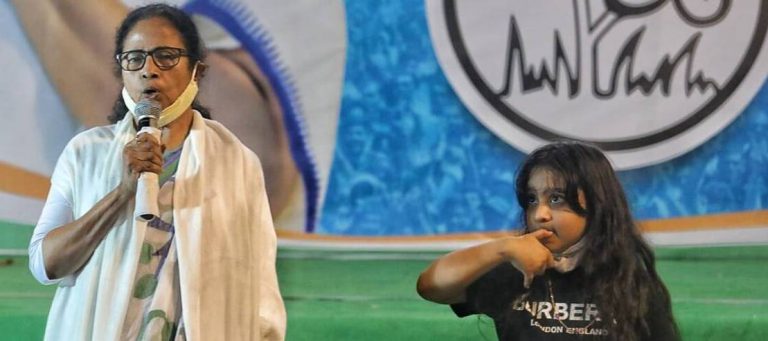
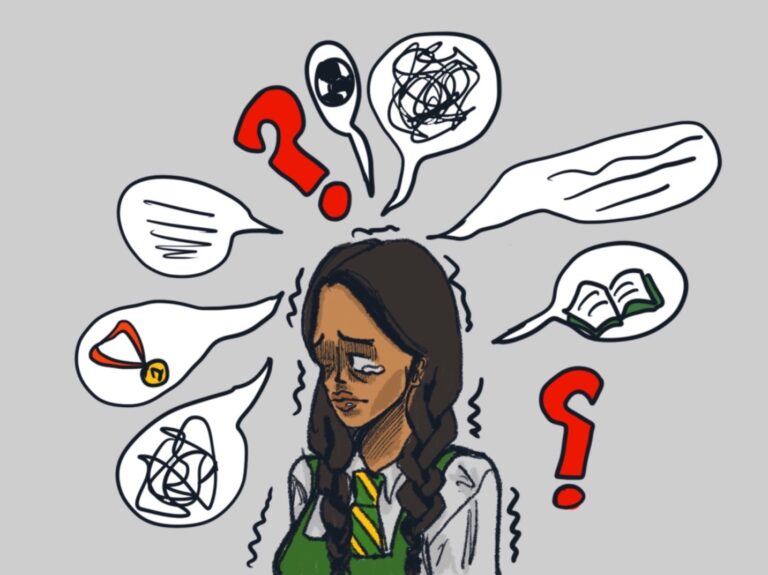
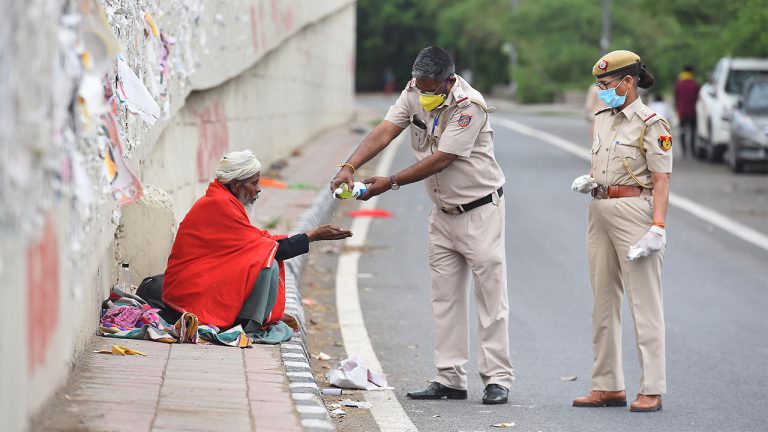
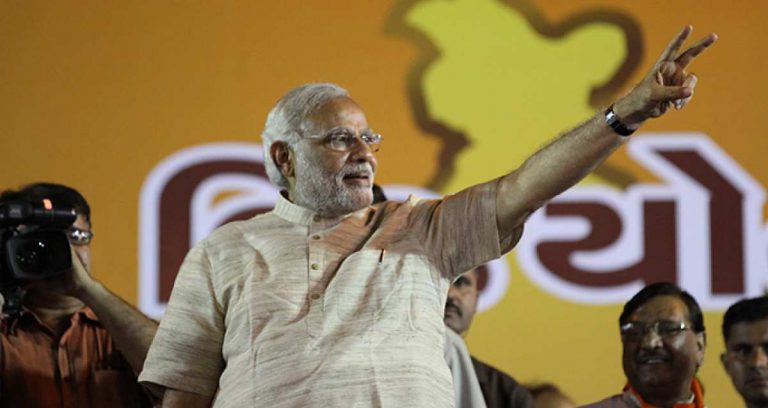

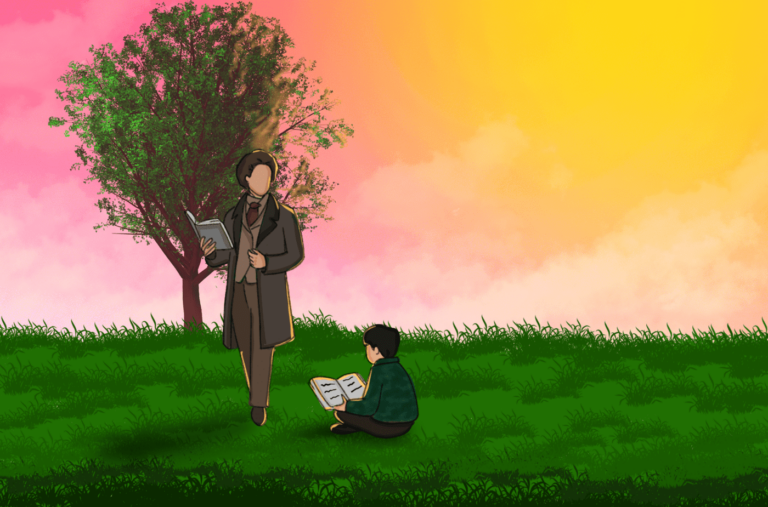
Very well written